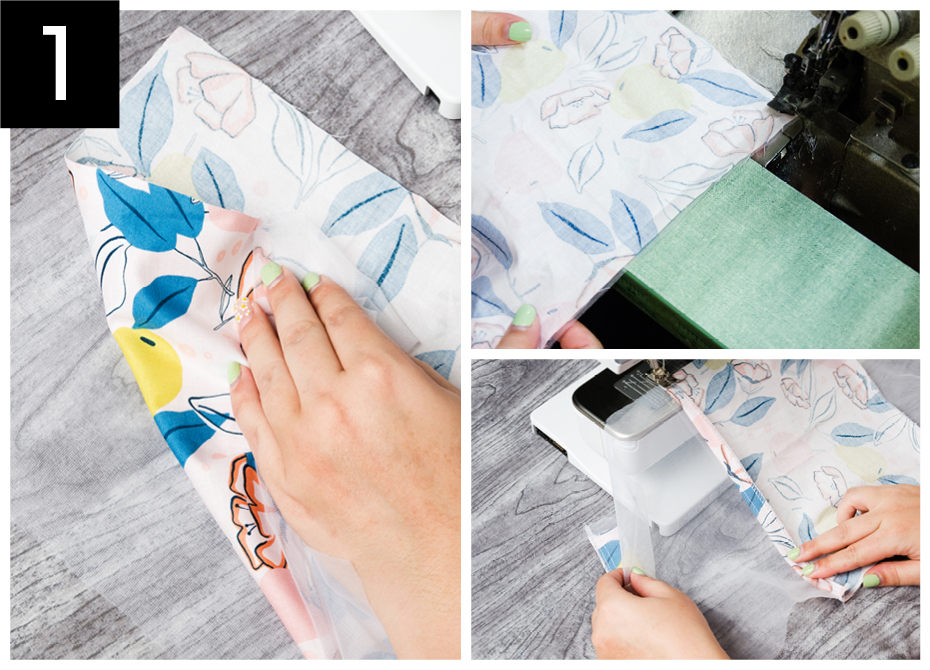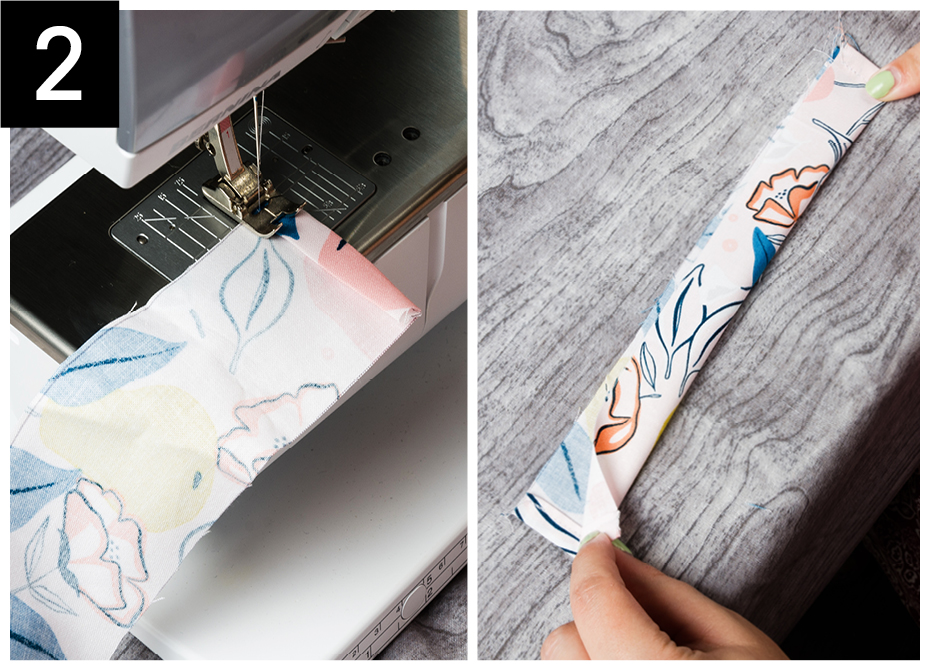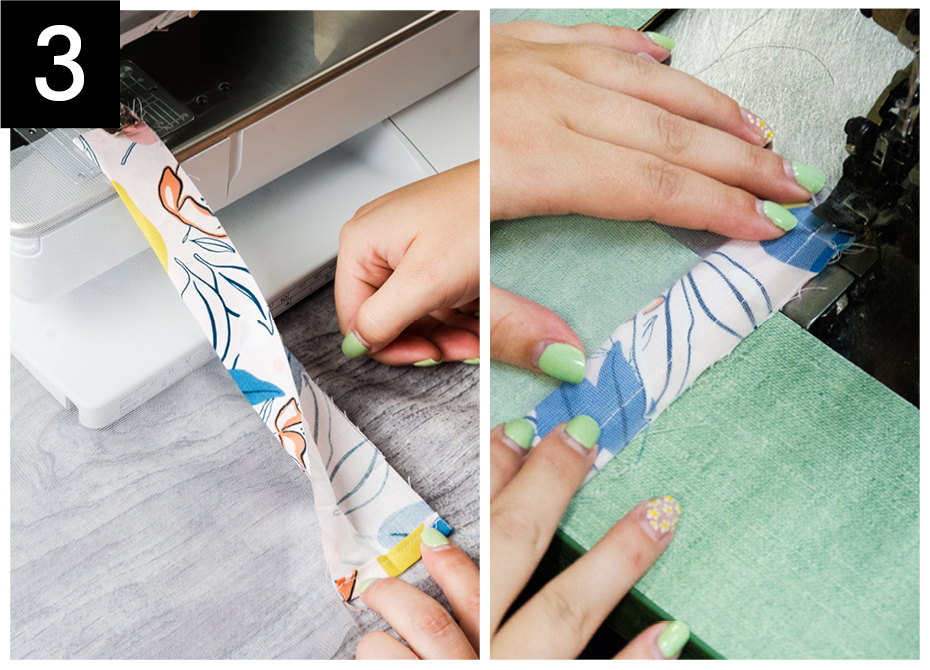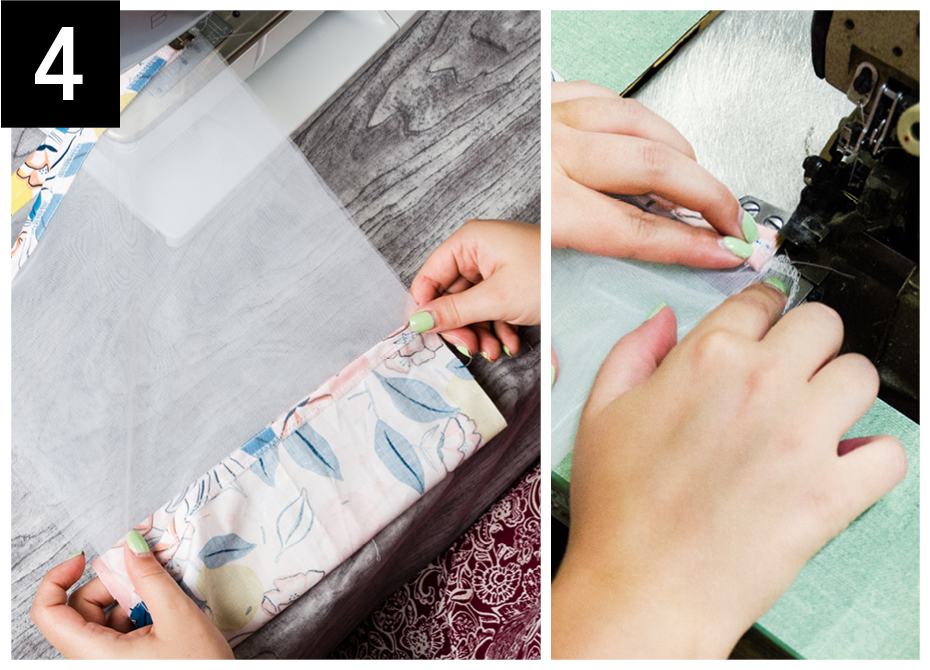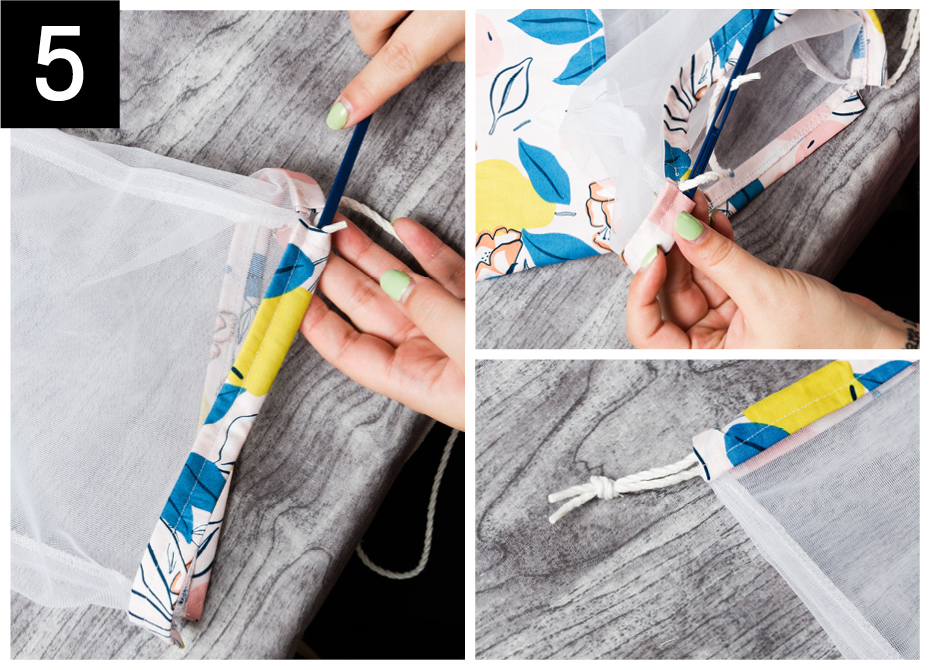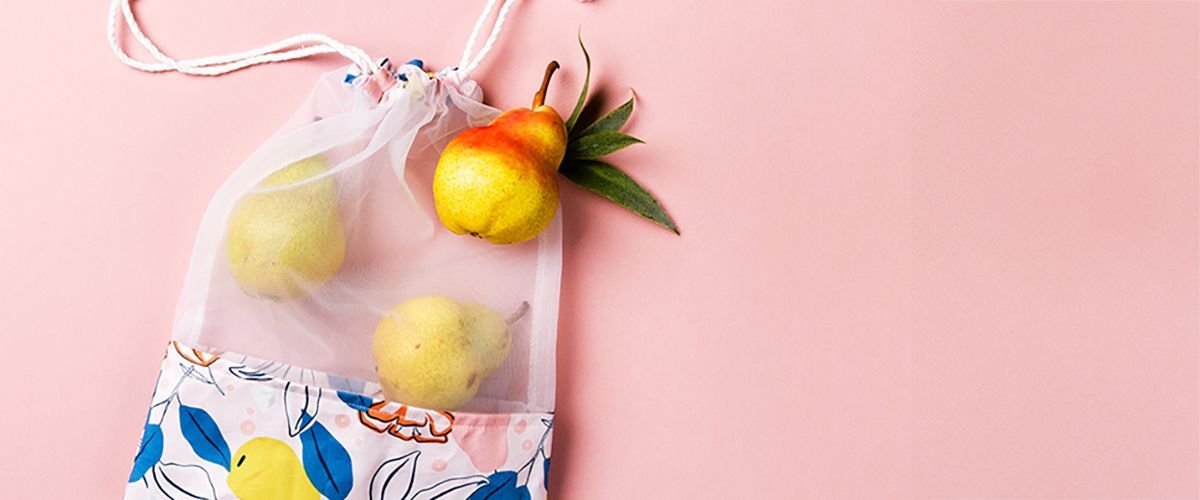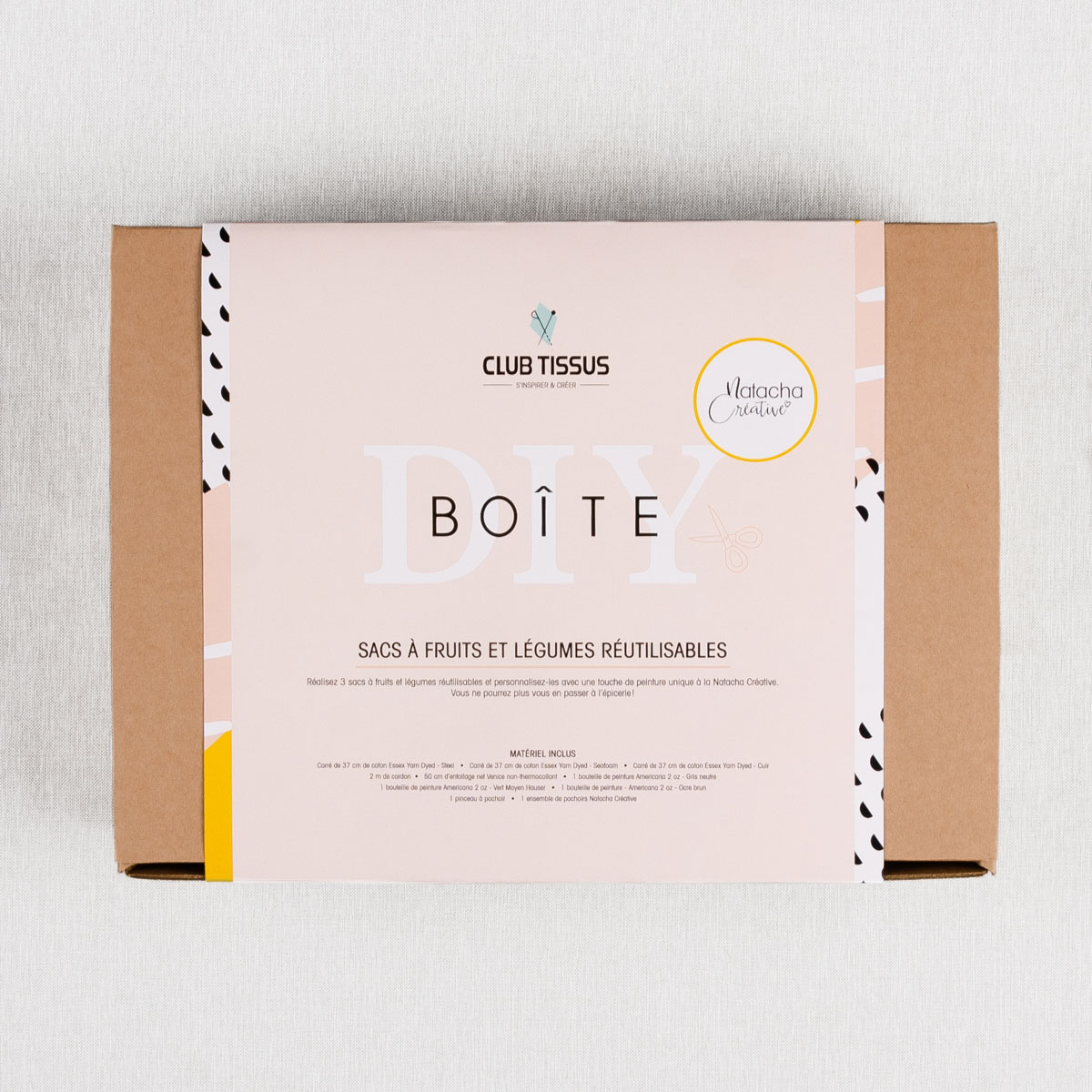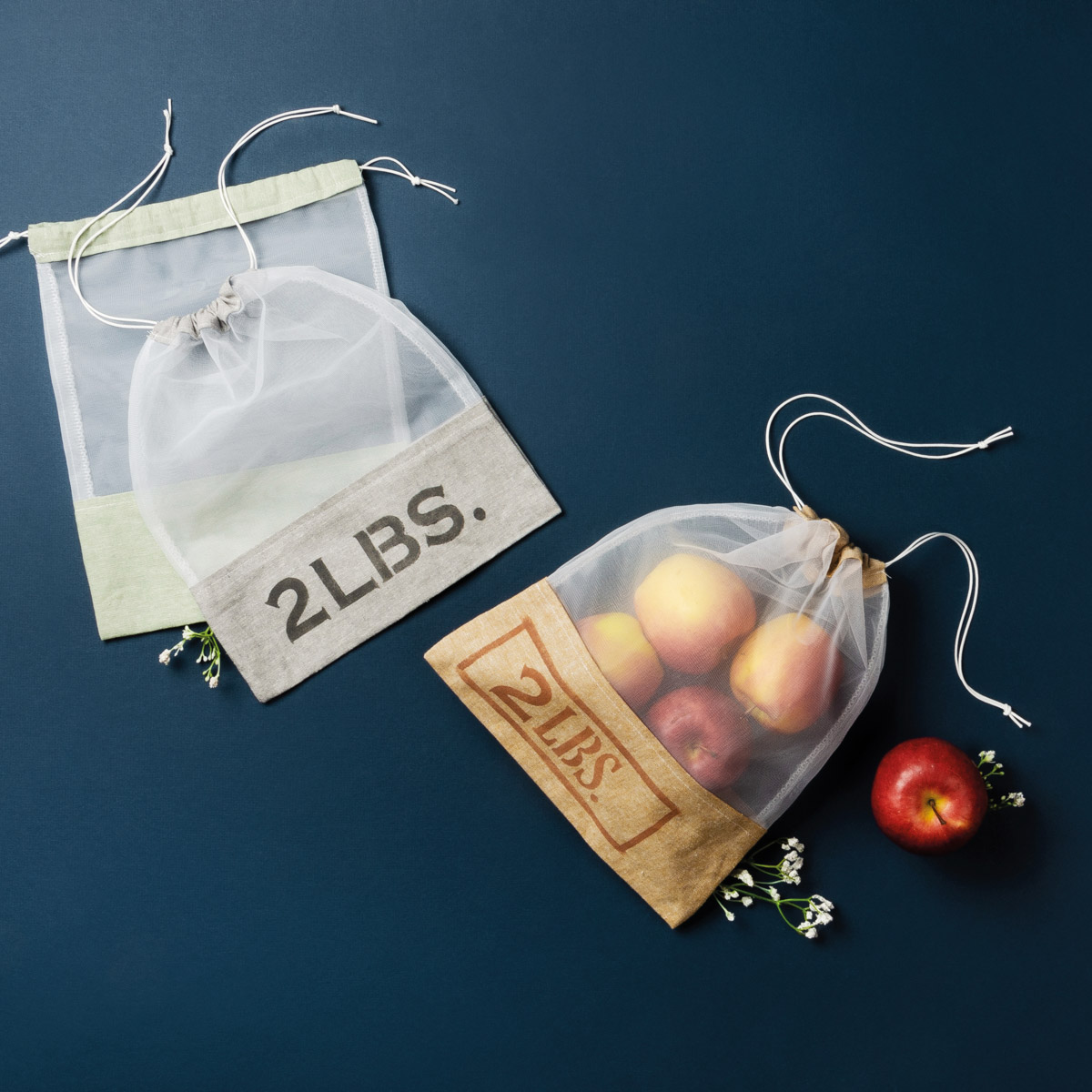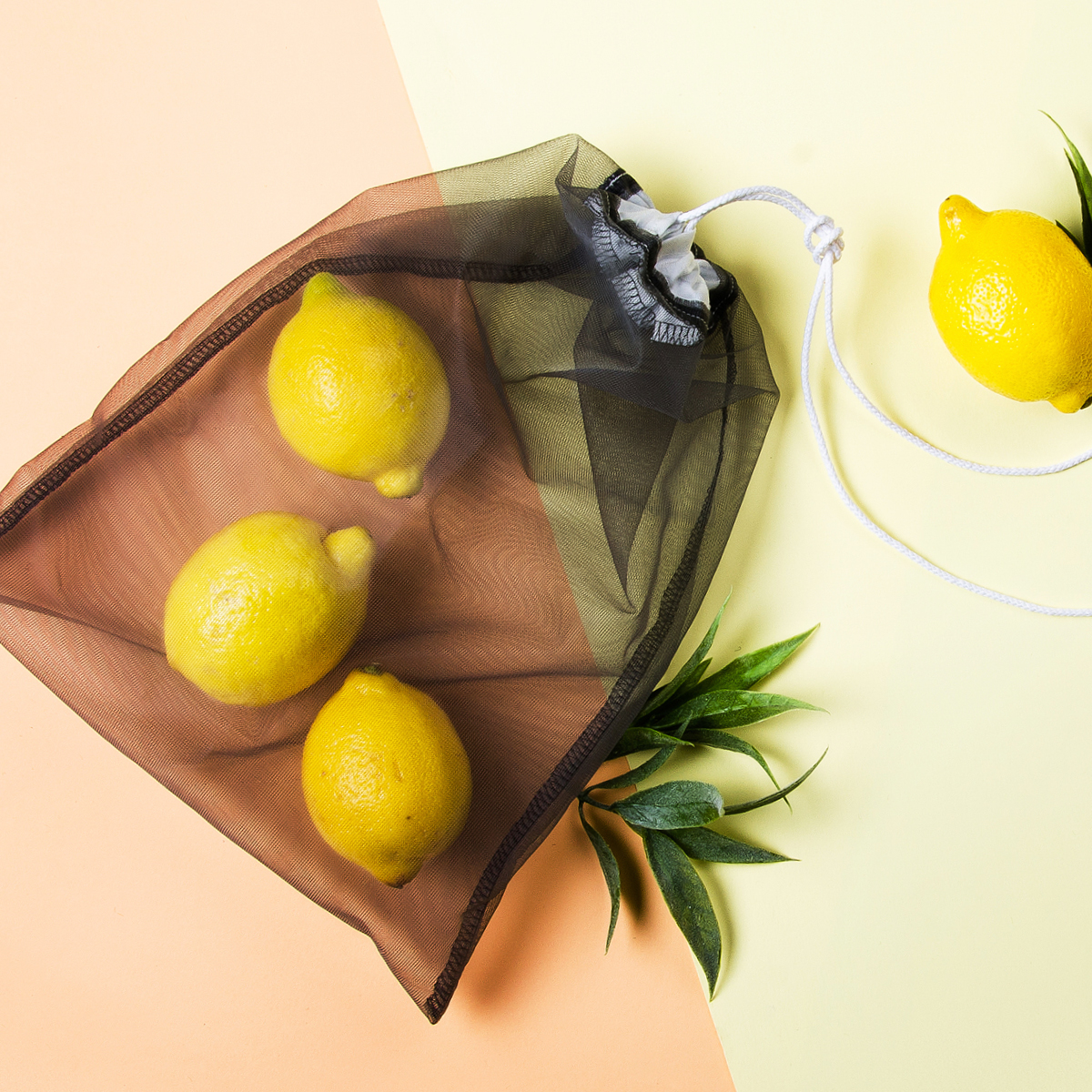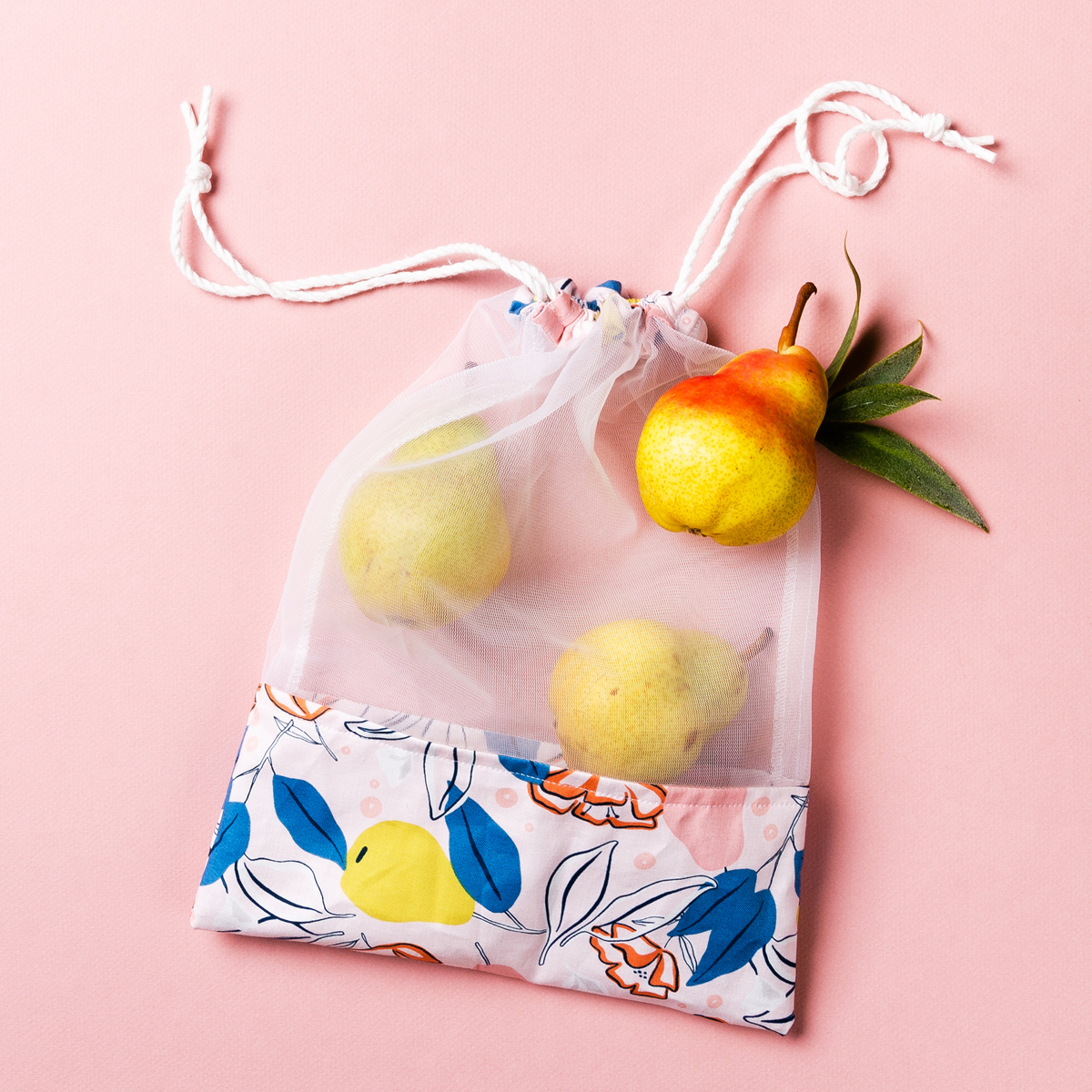Am I the only one who accumulates all the small fruits and vegetables grocery bags under my sink, in the hopes of finding a purpose for them someday? I quickly dropped this idea and now opt for reusable produce bags. Easily realizable, this project will make you feel like you are helping out and doing your part for the environment!
Here are other zero waste projects that will help you waste (a little) less!- Reusable snack bags
- Makeup remover pads
- The shoe string bag (in French only)
- The perfect bag (in French only)
Natacha Créative tested our free reusable produce bags pattern! (Video in french only)
Want to make your very own fruits and vegetables bags just like the ones by Natacha Créative? Get the brand new DIY box that includes all the necessary materials to make them.
In the optic of making this project even more eco-friendly and since the pieces required are quite simple to create, either make rectangles or squares, we suggest not printing out the pattern in order to avoid wasting paper.
Fruits and vegetables produce bag 1.0
Download free pattern/strong>
Leave us your email address to get the free pattern.
Download free pattern
Leave us your email address to get the free pattern.
Required material :
- Venice nonfusible mesh knit facing : 30 cm (11 ¾ in)
- Quilting cotton : 10 cm (4 in)
- Very fine cords : 1 m (39 3/8 in)
- Scissors or rotary knife
- Anti-fraying liquid or lighter (optional)
What you need to cut :
- One 26 cm (10 ¼ in) by 64 cm (25 ¼ in) rectangle in the Venice nonfusible mesh knit facing.
- One 6 cm (2 3/8 in) by 52 cm (20 ½ in) quilting cotton strip.
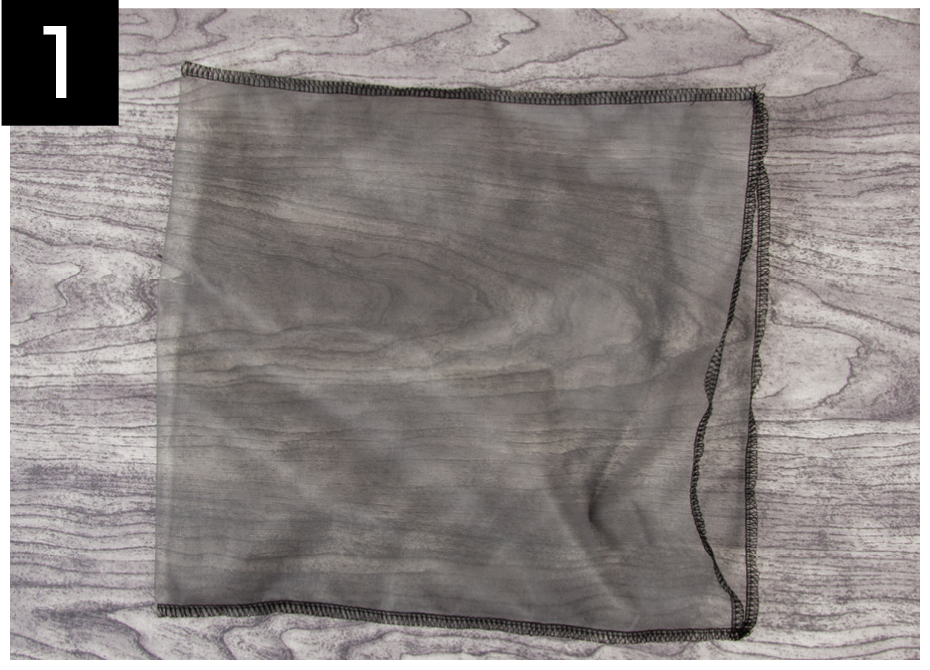
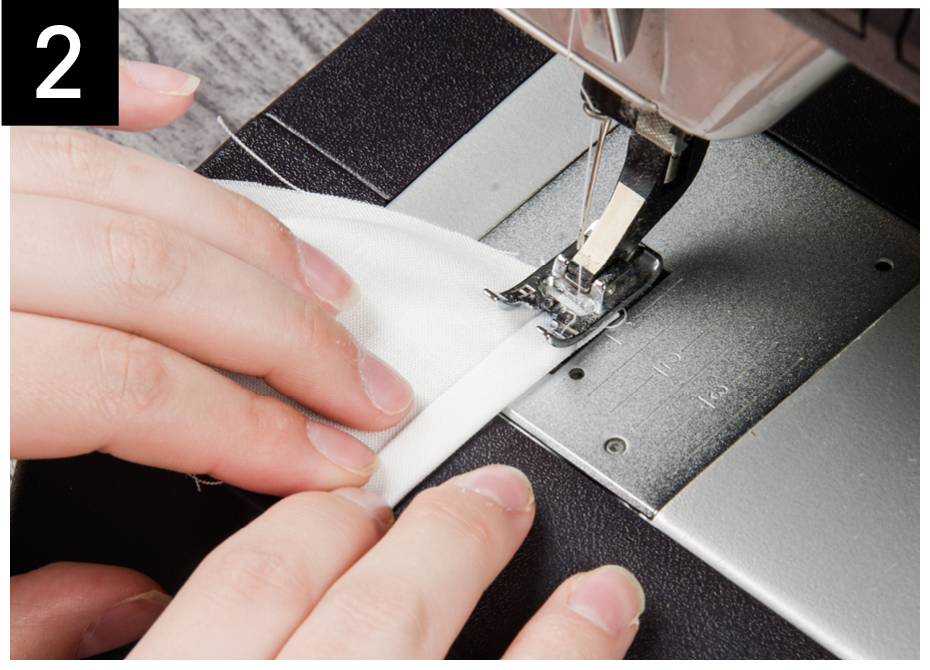
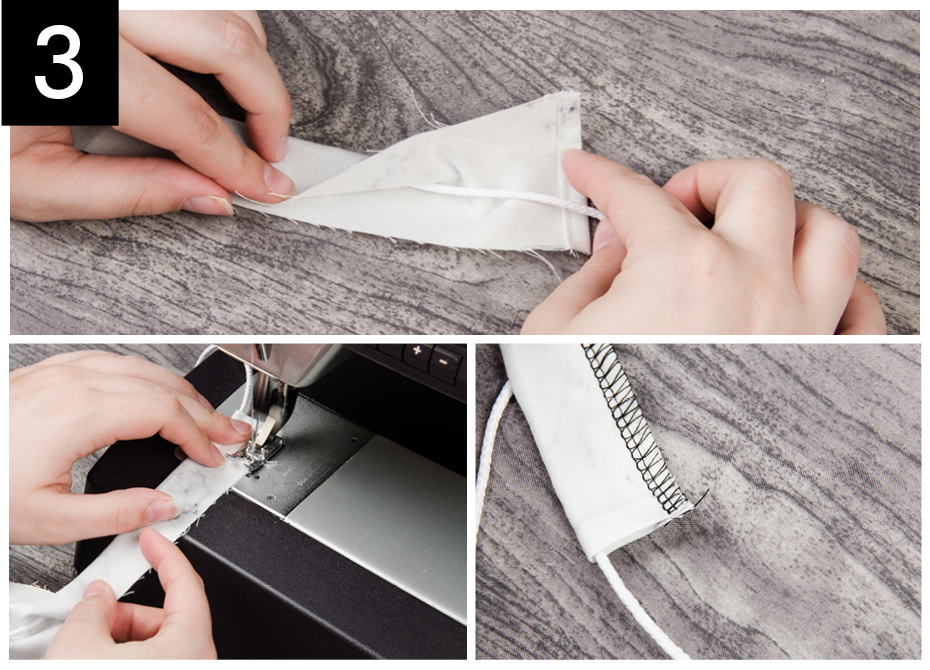
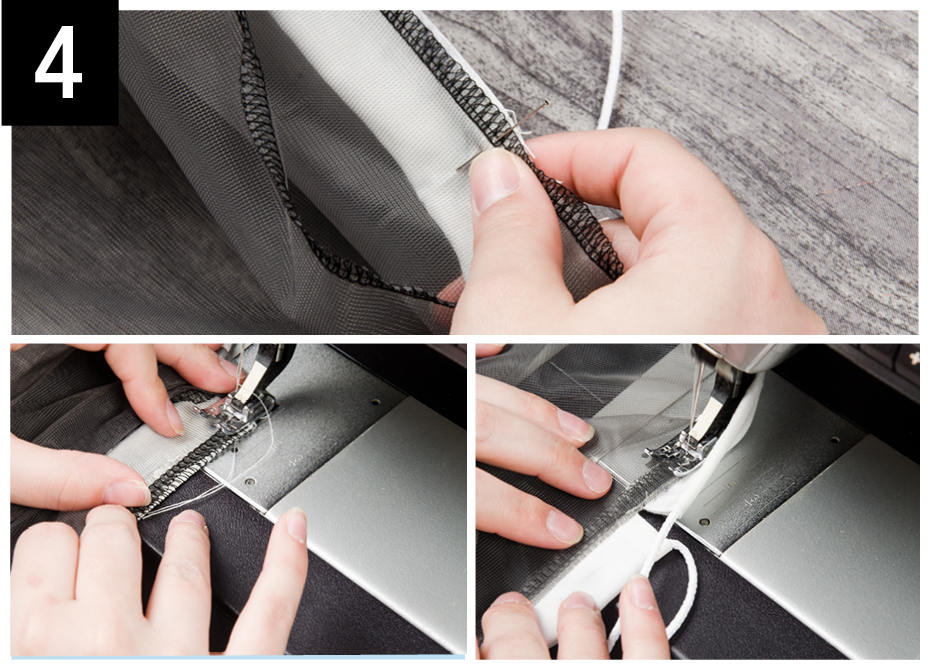
Fruits and vegetables produce bag 2.0
Download free pattern
Leave us your email address to get the free pattern.
Download free pattern
Leave us your email address to get the free pattern.
Here is a second version of our produce bag. You will find a new sliding cord system for closing the bag as well as the bottom made of cotton. So you can play with these options to create your perfect bag according to your needs. Play with the different slide cord systems, formats and cutouts to make your next grocery shopping tun a little more eco-friendly and fun.
Required material :
- Venice nonfusible mesh knit facing : 25 cm (10 in)
- Quilting cotton : 25 cm (10 in)
- Very fine cords : 60 cm (23 1/2 in)
- Scissors or rotary knife
- Anti-fraying liquid or lighter (optional)
What you need to cut :
- 2 rectangles of 26 cm (10 ¼ in) by 23 cm (9 in) of Venice nonfusible mesh
- 1 rectangle of 26 cm (10 ¼ in) by 22 cm (8 3/4 in) of cotton
- 2 strips of 6 cm (2 3/8 in) by 28 cm (11 in) of cotton
- 2 cords of 30 cm (11 ¾ in)
